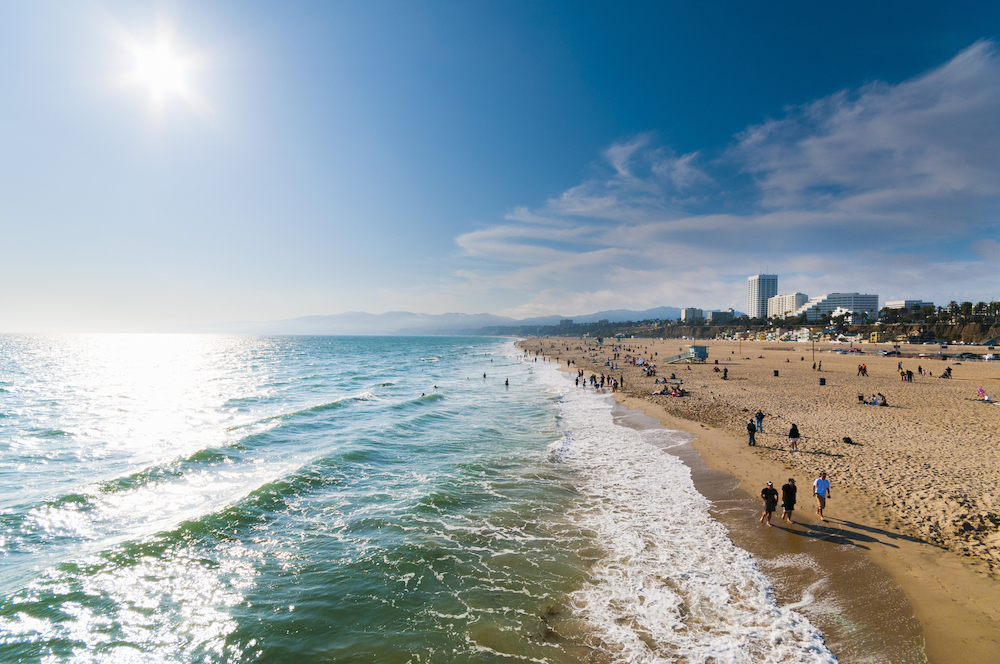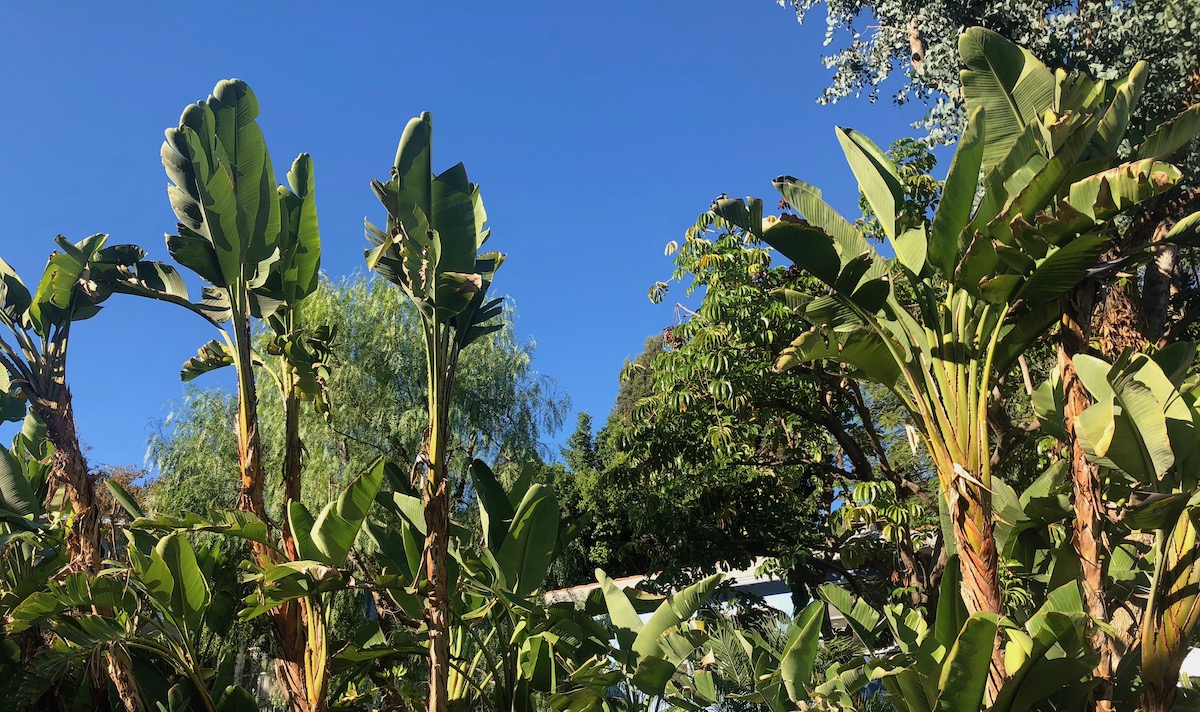You imagine Los Angeles as all blue skies and no winters. Are there actually seasons in a that city has 300 days of sunshine per year? Take a look at this info on the California climate to help you plan your visit to the City of Angels.
Los Angeles and its perfect climate
Filmmakers have flocked to Los Angeles partly because of the mild weather that’s perfect for filming outdoors all year round. It’s true that the sun shines a lot in Southern California. The region benefits from a temperate Mediterranean climate, characterized by hot, dry summers with temperatures around 86ºF and cooler winters where the thermometer drops to 60ºF.

Annual temperatures in Los Angeles
You can visit Los Angeles all year round thanks to its attractive weather, but the seasons do still vary.

Source: http://weatherforecastandtemperatureupdate.blogspot.com/2011/09/la-climate-alert-yearly-days-data-free.html
- Winter (December to March): These months see the most rain, especially in January and February where it falls for an average of 6 days per month. Days are mild as the sun is always shining and temperatures are around 60ºF. Nights are cooler so remember to dress for temperatures of around 50ºF.
- Spring (April to June): from April onwards, it rains very little. The temperature gradually rises to 77ºF without experiencing the more oppressive summer heat. Visiting Los Angeles at this moment just before the summer tourists arrive is very pleasant. Note that June is known for its June Gloom, pollution and smog that causes the mornings to be foggy. Over the years the city has put in place certain measures to reduce pollution in an attempt to ease the problem.
- Summer (July to September): these are the three hottest months of the year with average temperatures around 86ºF. It’s only thanks to the temperate breeze of the Pacific Ocean that these temperatures are bearable on the waterfront. Further inland, it’s difficult to withstand the heat without air conditioning. Summer sees the maximum amount of sunshine and it doesn’t rain at all.
- Autumn (October to November): temperatures drop a little and go back to spring levels. The weather is very pleasant with hardly any rain but the nights get cooler in November.

Photo : Los Angeles Off Road
Drought in California
The biggest climate challenge facing California is drought. Los Angeles residents are used to water restrictions without this being so noticeable for tourists, except perhaps that water isn’t automatically provided at restaurants (you have to ask for it).
Due to low precipitation and increasingly frequent heat waves, California is hit hard by forest fires. This is a major risk during the summer period. Stay up to date by watching the weather channels and local news in the event you have to evacuate the area.
